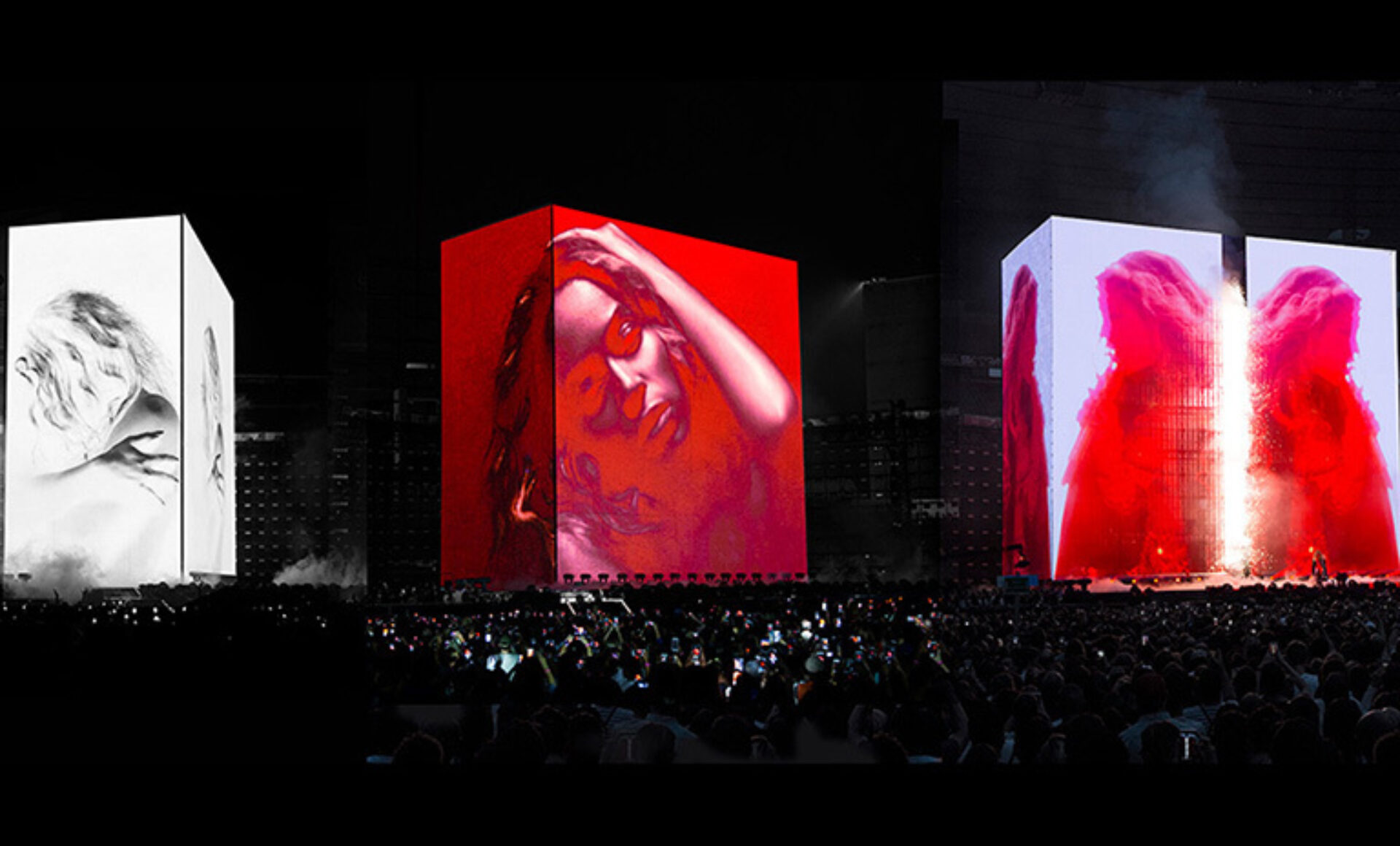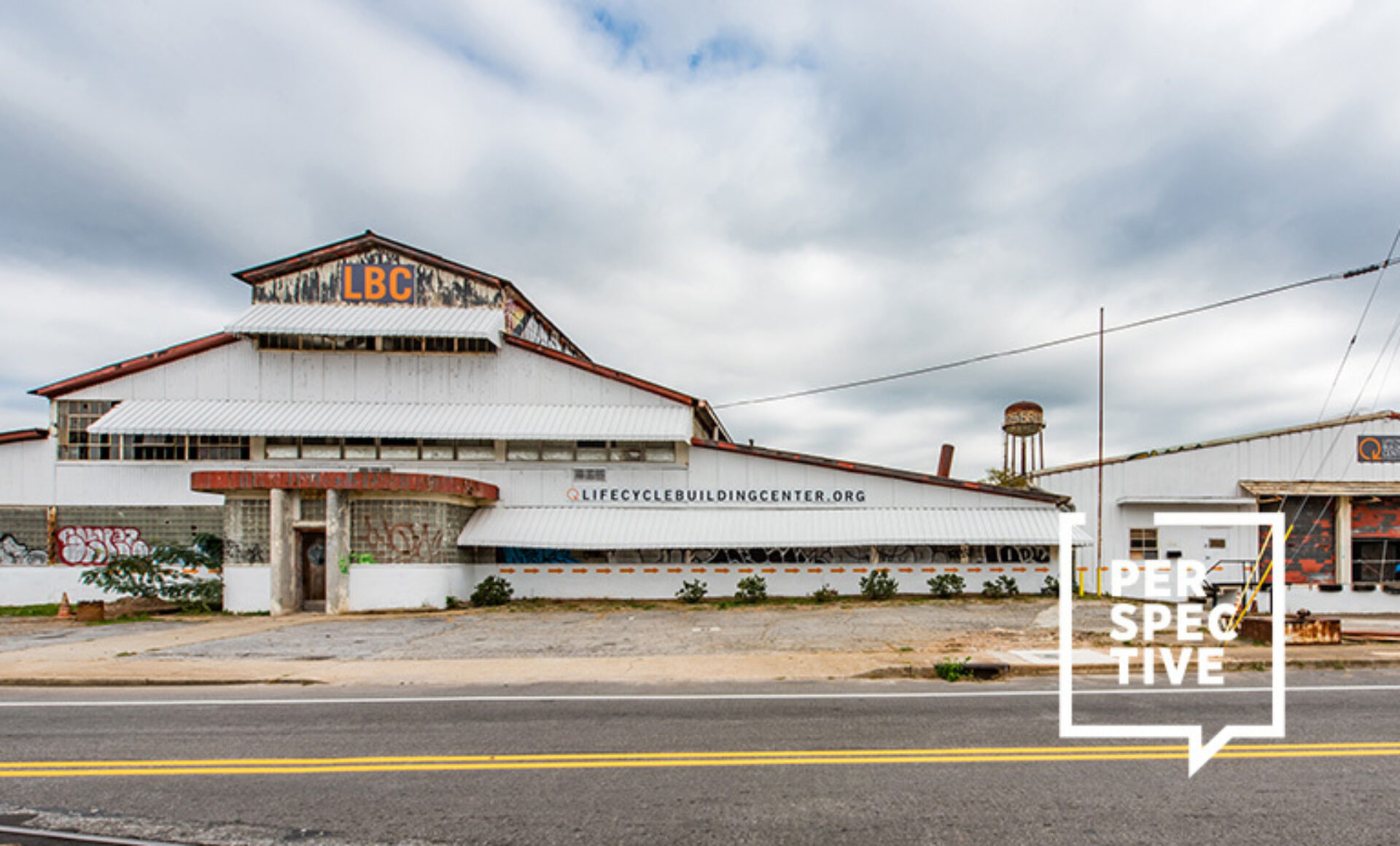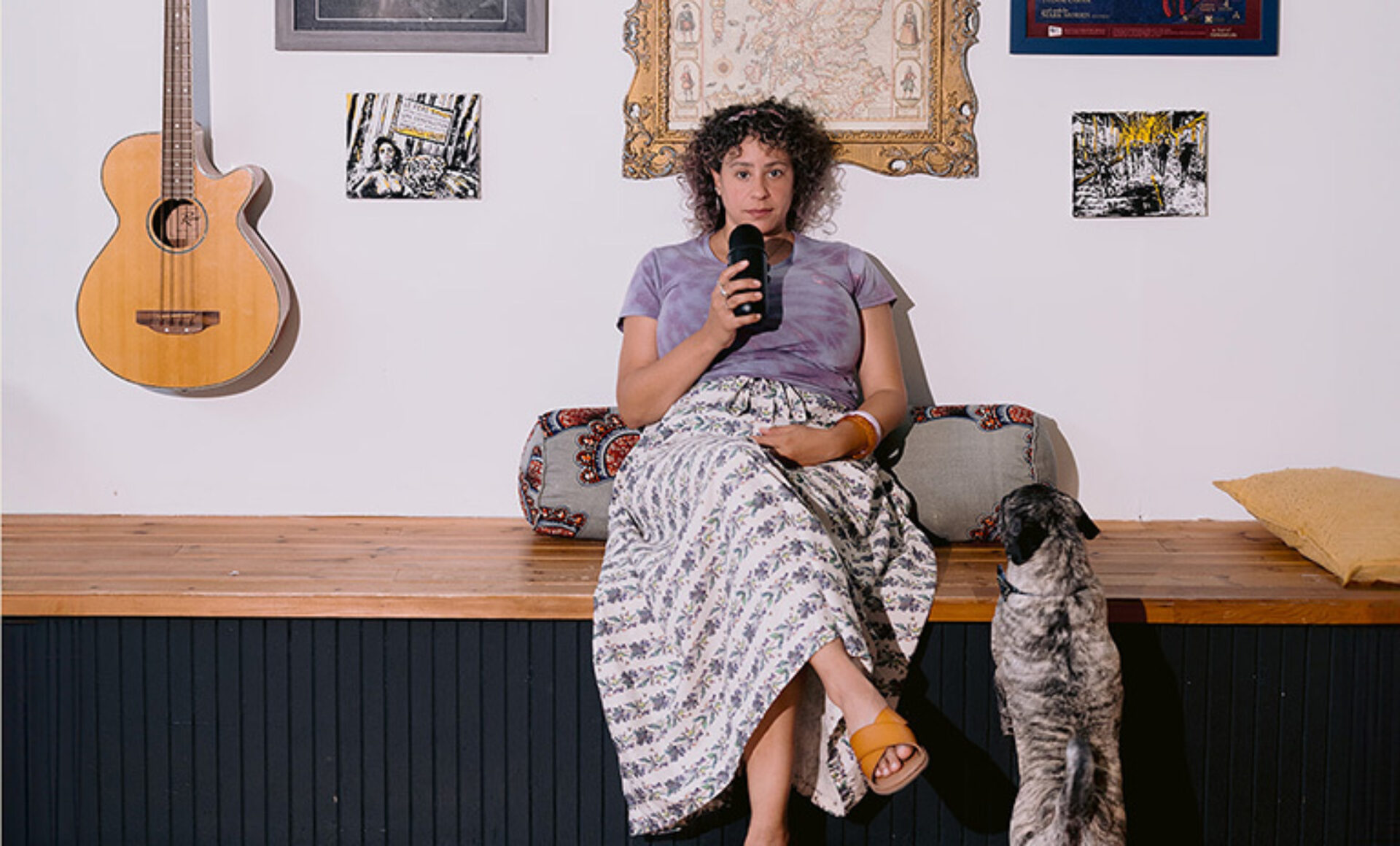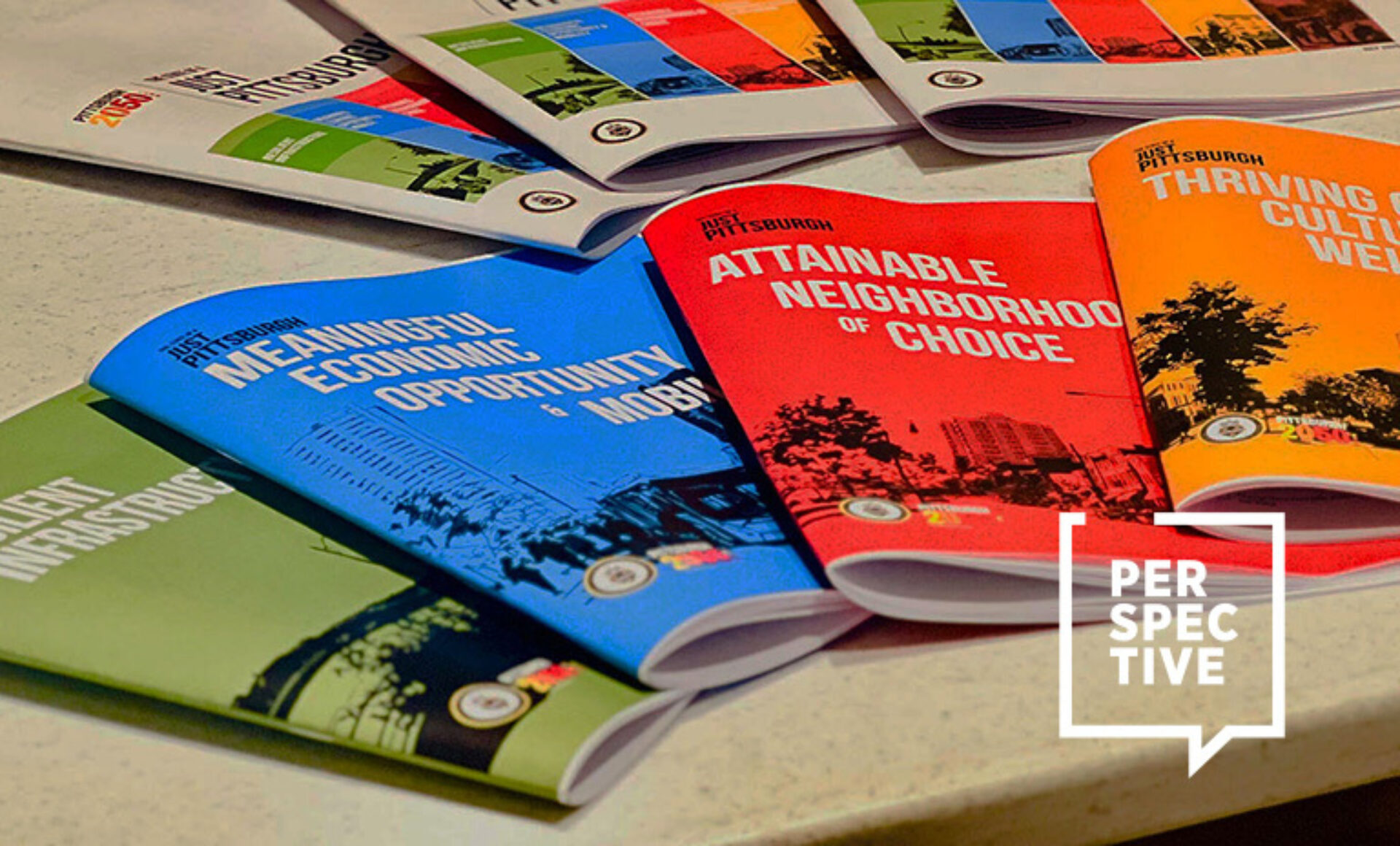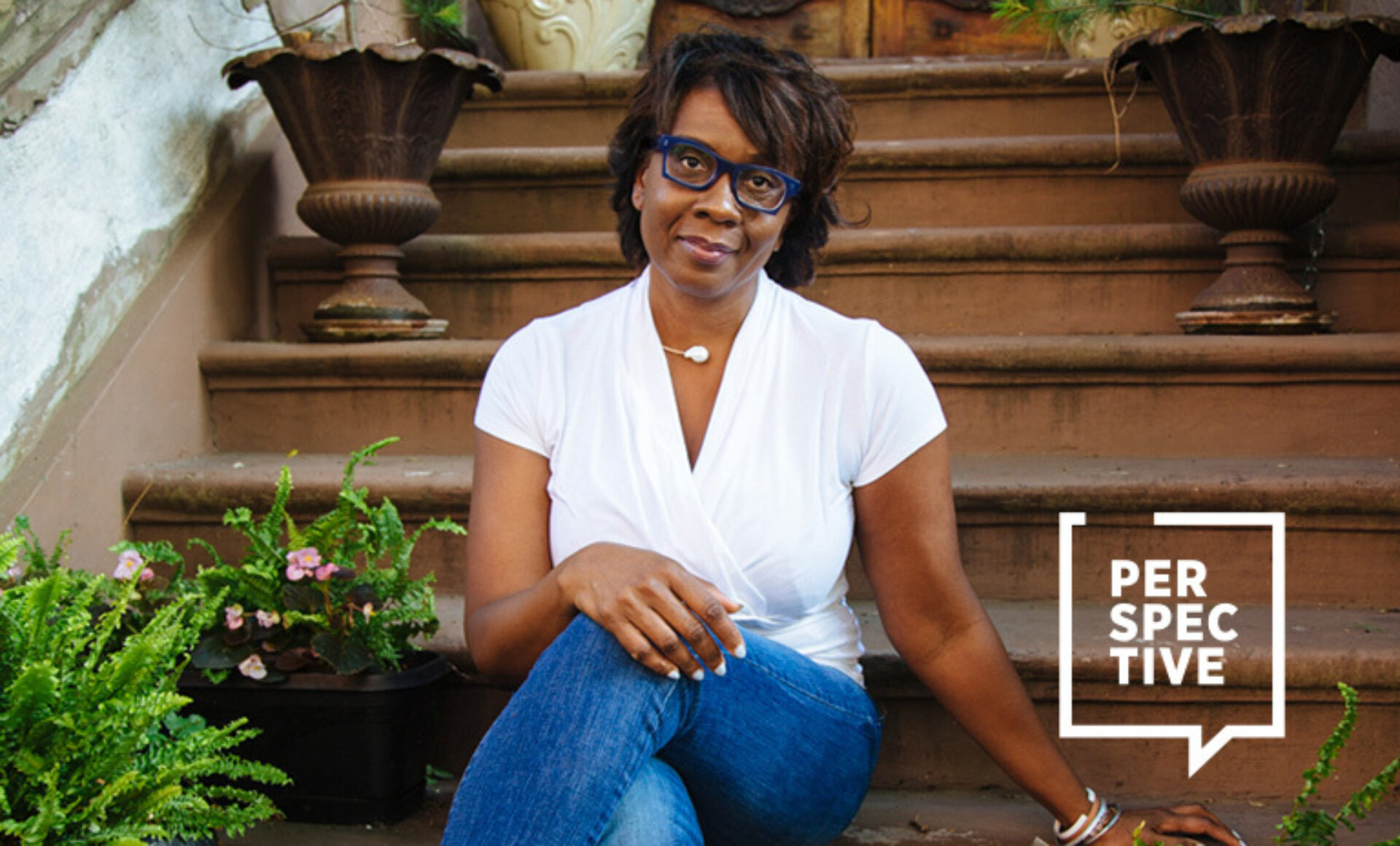Navigating the intricate corridors of sustainable design, Allison Smith, IIDA, Assoc. AIA, and sustainable design leader at HKS, has been a pioneering force in redefining the way we perceive materials and their ecological imprint. With a vast array of experiences that range from working on landmark projects like the San Francisco International Airport's Harvey Milk Terminal to shaping the next LEED version, Smith's journey is nothing short of inspirational. As she dives into the nuances of material transparency, the challenges faced in the industry, and her personal ethos, we get a unique opportunity to uncover the future of sustainable design. In this in-depth conversation she shares her insights, aspirations, and advice for the next wave of designers.
Tell me a bit about your role at HKS. What does it entail?
As a sustainable design leader within our ESG practice focusing on sustainable and healthy materials, I get to work across practices and with project teams to set sustainability goals and help them achieve those goals. This can include establishing design outcomes, working with clients to develop bespoke sustainability standards, or doing deep dives into product selections. These sustainability goals range from a desire to do better or may be tied to a third-party certification such as LEED or WELL.

A few key projects I've worked on include San Francisco International Airport (SFO) Harvey Milk Terminal 1, Boarding Area B, Parkland Health Moody Outpatient Center, and Walter P. Moore Washington DC Office. These projects are particularly special to me because the Harvey Milk Terminal 1, Boarding Area B is the first WELL-certified airport terminal, and it did so at the highest level (WELL Core Platinum); Moody Outpatient Center is part of Dallas County's public healthcare system and delivers healthcare with dignity and sustainably (LEED NC Gold), and WPM Washington DC office addressed embodied carbon and material health while also certifying under the LEED v4.1 CI beta certification (LEED-CI Gold).
My focus on sustainable and healthy materials also brings me into industry-wide forums such as writing the next version of LEED, establishing the latest Health Product Declaration (HPD) standard, or driving a market signal for material transparency alongside mindfulMATERIALS.


How do you believe material transparency can change the trajectory of sustainable design? And what are the most common challenges faced by designers in obtaining transparent information about the materials they're considering?
Material transparency is a catalyst for the next big move the industry needs to make. Through transparency, designers can finally evaluate the material makeup of the products they select and use that information to reduce and eliminate some of the most harmful material ingredients. Through transparency, designers can evaluate the environmental impact, such as the impact of embodied carbon, of the products they select and design to reduce those impacts. An emerging area of material transparency is knowing about the social and equity impacts of products we select, such as the health and environmental impacts on fenceline communities where the product is manufactured or the working conditions and forced labor of workers harvesting and mining materials or manufacturing products. Without material transparency, we cannot address material health, environmental impact, or social equity of the supply chain. We must demand greater transparency of materials and products from our manufacturers and suppliers and then act on that information by making better selections. A challenge still faced by the design community is getting material transparency information for products across the board. Tools like mindfulMATERIALS make this information more accessible, but it is not available for all products.
When it comes to responsible material selection, how do you ensure that materials are not only sustainable but also meet the required aesthetic and functional needs of a project?
First, the team needs to establish goals. Though we all would like to have sustainable products for all selections (a goal we should all be working towards as an industry), we should start with the old adage: how do you eat an elephant? One bite at a time.
Through goal setting, we can frame a project's sustainable priorities, which can help a designer select products. Designers regularly factor in criteria outside of aesthetics and function, such as cost and durability; this is one more consideration. When I first started in this field, sometimes the sustainable product looked 'sustainable,' but that is no longer the case. There are many beautiful and durable sustainable products available. To take that next bite, take what you learned on this project to the next one and build upon it to incorporate more sustainable and beautiful products.


Are there any specific materials or innovative solutions you see as game-changers in the industry?
A return to real wood, such as mass timber or untreated wood flooring.
Products designed to be carbon-negative through innovative materials and technology.
Mineral silicate paints (we use paint everywhere, so this is a scalable and impactful change.) Reuse marketplaces for commercial products.
How has your personal journey and experiences shaped your understanding of what it means to be a sustainable designer and design leader, and what intrinsic motivations drive you to continually advocate for and prioritize sustainability in your work?
I don't have an "aha" moment where I changed the way I practice; instead, I have always tried to practice sustainably. I am fortunate to have attended undergraduate and graduate programs with sustainability integrated into our coursework. As a student, I built models out of found objects and materials from my recycling bin. One year in graduate school, I worked in our department's materials library and was asked to make the library more sustainable; for 10 hours a week, I researched products to find more sustainable options for inclusion in the library. I even worked on my first 'LEED' project while a student—it was a requirement of the studio that term! So, I have always tried to approach design from a sustainable perspective. For me, sustainability is not something that is tacked on or a concept but rather the foundation of design. It may sound cheesy, but I really do want to leave this world better than when I entered it. Through my work, I aim to make sustainable steps easier for the next person and inspire them to tackle what sometimes can feel overwhelming.


Given the rapid advancements in technology and increased awareness of environmental issues, how do you envision the future of sustainable design?
I see a bright future where sustainability is at the forefront of design. The reason for my optimism is that the industry has already made great strides in my career, and I see us accelerating as we become savvier. To ensure this future, we need to advocate for manufacturers to use green chemistry and biomimicry to develop safe products; advocate at the local, state, and national levels to institute policies and codes that raise the bar for all buildings; advocate within our profession for a stronger code of ethics, and teach our students to design sustainably from the start.
To have the impact we need to make, we should continue to work together to have a strong and consistent voice. The challenge will be to scale this work from residential design to strip malls to the disinterested client and the aspirational projects. This cannot happen piecemeal but must be addressed on all fronts, at all scales, and globally. This is the challenge, and we can do it.
What is your advice for emerging designers entering the industry who want to build a strong sustainability practice?
A professor (Alison Snyder, now at Pratt) once said to me, "I start how I mean to go on." This was in reference to assigning work on the first day of studio, but I've held onto that advice and follow it in life and at work. If you want to build a strong sustainability practice, start with sustainability. Approach design through a sustainability lens; this includes designing for equity, spaces that support strong communities, managing acoustics, providing occupants access to daylight and supplementing with high-quality lighting. Much of my work focuses on materials, but that is not the only way to approach sustainability, and we need to address sustainability holistically. Don't be afraid to challenge your client, colleagues, or collaborators. That is how you learn and affect change in the industry.
Visit the table of contents for more Perspective: Sustainable Futures


